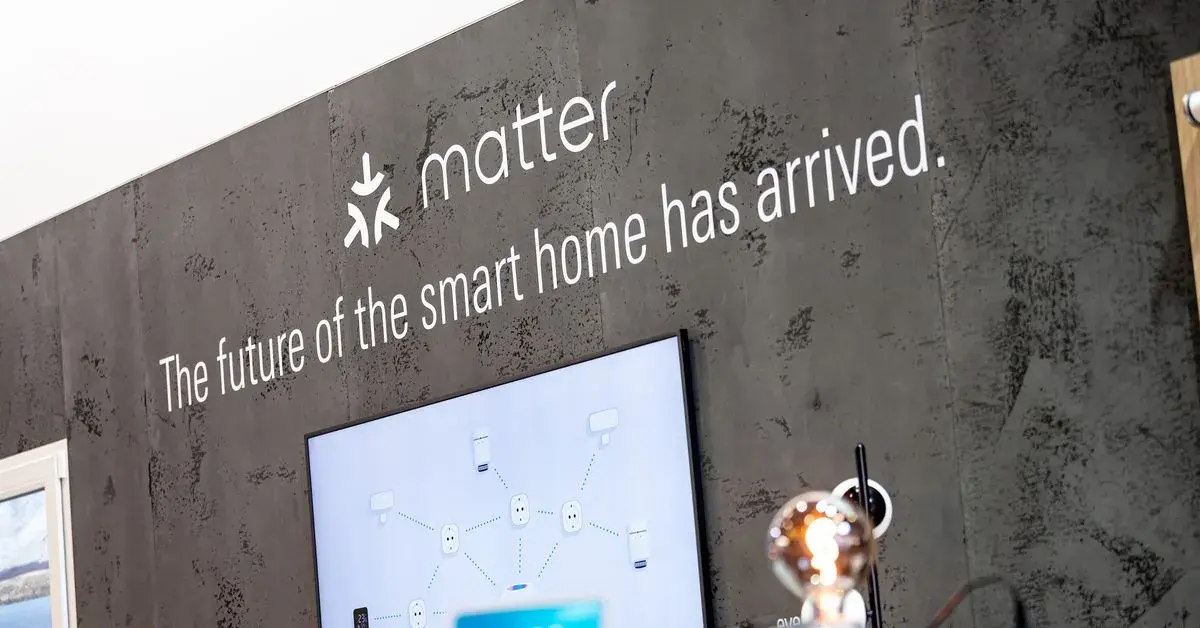- cross-posted to:
- smarthomes@feddit.uk
- technews@radiation.party
The article discusses expectations for smart home announcements at the upcoming IFA tech show in Berlin. While companies may unveil new smart speakers, cameras and robot vacuums, the smart home remains fragmented as the Matter interoperability standard has yet to fully deliver on integrating devices. The author argues the industry needs to provide more utility than novelty by allowing different smart devices to work together seamlessly. Examples mentioned include lights notifying users of doorbell activity or a robot vacuum taking on multiple household chores autonomously. Overall, the smart home needs solutions that are essential rather than just novel if consumers are to see the value beyond the initial cool factor.



I have yet to see a “smart home” feature that’s worth the potential problems, let alone the cost.
Yeah, a well-integrated smart home can do some pretty cool stuff, but it also means putting my trust in corporations even more than I already have to. Plus, I’ll have to worry about each major appliance I own possibly being bricked due to a buggy software update or a malicious hacker.
Keep my home nice and dumb. Thanks.
All valid concerns, but if you really wanted to, you could roll your own home automation setup using something like a Raspberry Pi, and optionally Home Assistant, and keep it all offline so that it’s safe from hackers.
Yes, you can, but it can be a lot of effort and a lot of time spent researching and tinkering.
It’s fine if you want that to be your hobby, but it can be a heavy lift for the average person.
It’s surprisingly easy with Home Assistant. You really don’t need much tinkering, if any, to get the basics working quite reliably.
Maybe for a more software focused person. I found it very cryptic the couple of times I tried (and failed) to get it up and running.
I’m much more comfortable with a soldering iron than a config file.
You may want to give it another shot. They’ve been working pretty hard to move away from config files - much more is done via the GUI these days to make things more user-friendly.
The devs have also really been focusing on voice this year as well - it’s been really interesting to see what they come up with. A few releases back, they released an update that allows you to give voice commands to HA via a landline phone hooked up to a $30 VoIP box. There is also support now for Espressif’s new “S3-Box” devices, which have small screens, a speaker and a few microphones for under $50 - this does require messing with yaml files at this point, but I should be able to finally ditch my Echos soon!
It’s easy for techies like us, yeah. If we don’t want to go too advanced with the automation stuff. I wouldn’t even dare ask my mum to set up her own stuff, even if she begged me for it. It’s techie-friendly. Not user-friendly (yet).
I ran it for a little while, but it was too much work to set up what I ultimately wanted it to do. On top of that I don’t want to have touch it after I set it up. I use a lot of dumb motion sensors instead. Not the best solution sometimes, but better than having constant downtime at the worst time.
Good point. I was assuming that “smart home” integration would require an internet connection, but that doesn’t have to be the case. Thank you for clarifying that!
You can easily have a smart home without any data leaving your home network.
You need three things:
There are several options available (Deconz Conbee II, etc), and this device gets plugged into the same machine Home Assistant is on, and it allows HA to control your ZigBee devices directly. No “hub” sending your data to a cloud server, everything is done on your local network. If the devices comply with the protocol, you don’t need their hub, even if they say it’s required.
I use Hue bulbs, but have no Hue hub. I use many Aqara devices, but don’t have an Aqara hub. It’s pretty great and works very well!